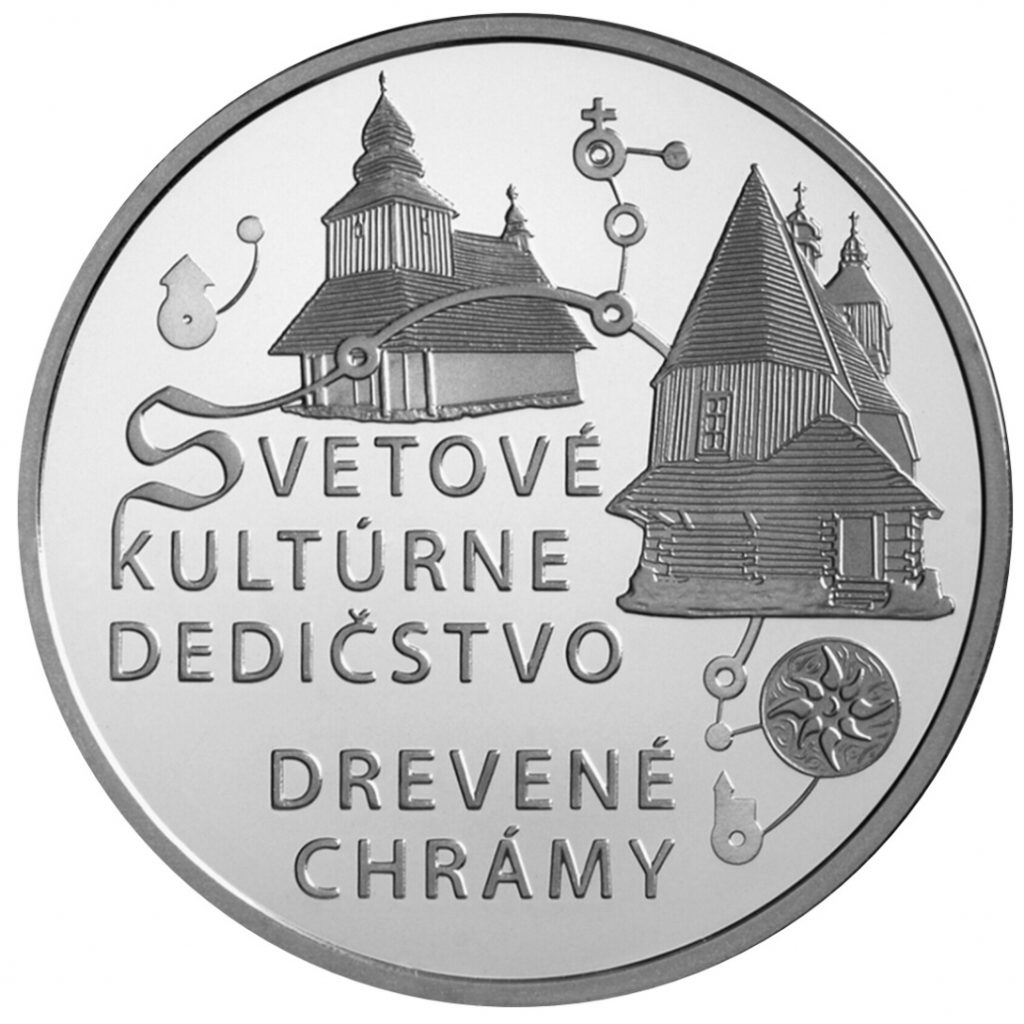-
NBS Tasks
Browse topics
- Monetary policy
- Financial market supervision
- Financial stability
- Banknotes and coins
- Payments
- Statistics
- Research
- Legislation
-
Publications
- Activity Report of the NBS Innovation Hub Annual Report Carbon Footprint Report of NBS Climate-related disclosures of NBS non-monetary policy portfolios Economic and Monetary Developments Financial Stability Report Investment Policy Statement of the National Bank of Slovakia Macroprudential Commentary
- Policy Briefs Report on the Activities of the Financial Market Supervision Unit Research Papers: Working and Occasional Papers (WP/OP) Statistical Bulletin Structural Challenges Other publications Sign up for your email notifications about publications
- About the Bank
- Media
- Frequently asked questions
-
For the public
Browse topics
- About the Bank
- Exchange rates and interest rates
- Banknotes and coins
- Payments
- Financial stability
- Financial market supervision
- Statistics
- Legislation
-
Publications
- Activity Report of the NBS Innovation Hub Annual Report Economic and Monetary Developments Financial Stability Report Macroprudential Commentary
- Report on the Activities of the Financial Market Supervision Unit Research Papers: Working and Occasional Papers (WP/OP) Statistical Bulletin Other publications Sign up for your email notifications about publications
- Frequently asked questions
- Media
- Careers
- Contact
UNESCO World Heritage – Wooden Churches of the Slovak part of the Carpathian Mountain Area
€10 silver collector coin
In the year 2008 further cultural locality of the Slovak Republic – the Wooden Churches of the Slovak part of Carpathian Mountain Area was inscribed on the World Heritage List. The inscription includes eight churches built between the 16th and 18th centuries. They are ranked among the most valuable examples of the Slovak historical architecture, represent the unique symbiosis of Christianity and a vernacular architecture and illustrate the coexistence of three Christian faiths. The Roman Catholic churches are situated in Hervartov and Tvrdošín, Greek Orthodox ones in Bodružal, Ladomirová and Ruská Bystrá and Protestant churches in Kežmarok, Leštiny and Hronsek.
Folk builders used particularly familiarity with wood, its properties and potential in their construction. Predominantly log, less columnar frameworks are part of the churches common features. Their typological variations reflect differences in faiths, the impact of artistic trends during the period of their construction and the distinctiveness of regions. Interior decorations of great value have been preserved in the churches.
-
Coin description
Obverse:
Depicted on the obverse on the left side of the coin field is the St. Nicolas Church in Bodružal; to the right is the Church of All Saints in Tvrdošín and above it is the Hronsek church. Near the right edge of the coin is the national emblem of the Slovak Republic, above which is the denomination 10 EURO. The name of the state SLOVENSKO, with a stylized letter “S” suggesting the road connecting individual wooden churches, is located in the lower part of the coin field. Below it is the year 2010. To the left of the letter “S” is the mark of the Europa Coin Programme represented by the European star and the euro symbol. Kremnica mint’s mark MK between two dies is located on the left, and the stylized initials of the designer Patrik Kovačovský, PK, is located to the right of the year.Reverse:
Depicted on reverse on the right side of the coin field is the Church of St. Francis of Assisi in Hervartov and on its left the Church of St. Nicolas in Ruská Bystrá. Belov it is the writing in three lines SVETOVÉ KULTÚRNE DEDIČSTVO (World Cultural Heritage) with a stylized letter “S” suggesting the road connecting individual wooden churches. In the lower part of the coin field is the inscription DREVENÉ CHRÁMY (wooden churches).
-
Coin details
Designer: Patrik Kovačovský Composition: .900 silver, .100 copper Weight: 18 g Diameter: 34 mm Edge: – WORLD HERITAGE – PATRIMOINE MONDIAL Producer: Kremnica Mint Engraver: Dalibor Schmidt Issuing volume: 9,900 coins in brilliant uncirculated quality
17,325 coins in proof qualityIssuing date: 15 March 2010

